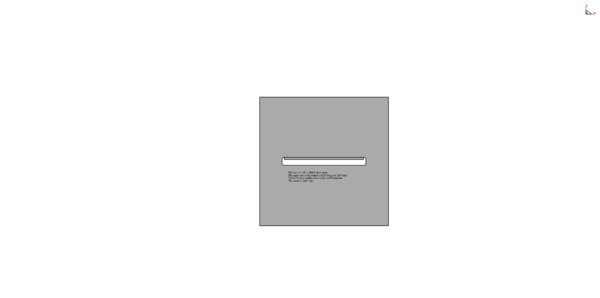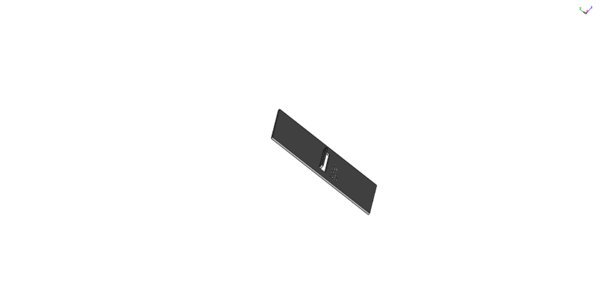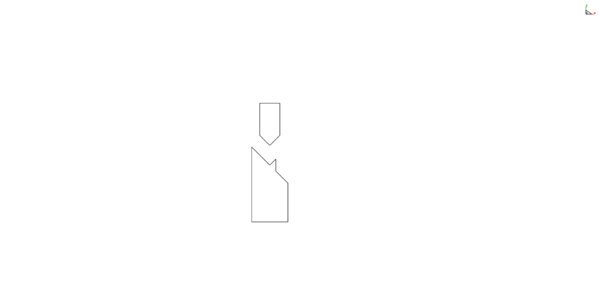I am in search of some metal bending info.
Given my project in the two pics provided, I need to know how much tonnage for the press I will need to bend .0625", (16 gauge), steel plate.
My project is unusual in that the bend is in the middle of the piece, but not encompassing bending the whole piece. See pics for what I mean.
My flange lengths are odd. They are .125" on the short side and just under 2" on the long side.
That adds difficulty in trying to figure this out.
Also, since I am not trying to bend the whole piece I must allow for one of the V die "lips" to be able to fit through the slot opening. This means the size of the lip is approximately 3/8".
The piece being bent out is .0625" thick by .125" high by approximately 2.5" long.
Given all of the above and the included pics, my questions are:
How many tons pressure to bend this small piece?
Can I use an arbor press to do so?
Should I get custom punch and die made? If so, anybody know a good place where to?
Should I just purchase angle iron and try to fashion punch and die myself? (I have a micro mill so not a ton of power and rigidity.)
Thanks for any and all advice and assistance.


Given my project in the two pics provided, I need to know how much tonnage for the press I will need to bend .0625", (16 gauge), steel plate.
My project is unusual in that the bend is in the middle of the piece, but not encompassing bending the whole piece. See pics for what I mean.
My flange lengths are odd. They are .125" on the short side and just under 2" on the long side.
That adds difficulty in trying to figure this out.
Also, since I am not trying to bend the whole piece I must allow for one of the V die "lips" to be able to fit through the slot opening. This means the size of the lip is approximately 3/8".
The piece being bent out is .0625" thick by .125" high by approximately 2.5" long.
Given all of the above and the included pics, my questions are:
How many tons pressure to bend this small piece?
Can I use an arbor press to do so?
Should I get custom punch and die made? If so, anybody know a good place where to?
Should I just purchase angle iron and try to fashion punch and die myself? (I have a micro mill so not a ton of power and rigidity.)
Thanks for any and all advice and assistance.




